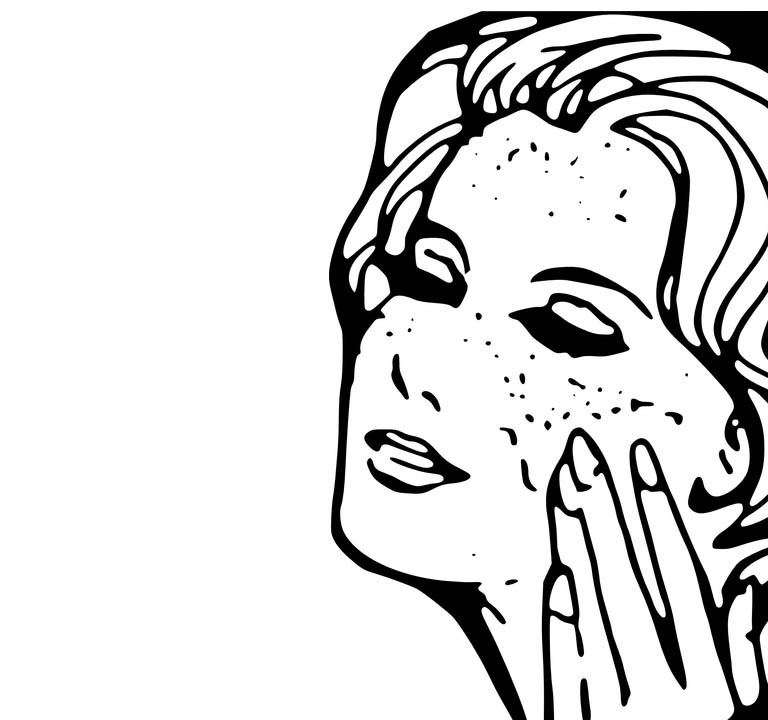New microbead ban
Interview with
This week the UK government pledged to ban the use of microbeads in cleaning products and cosmetics like toothpastes and facial scrubs by 2017. Given that a single shower with a microbead gel can result in 100,000 plastic particles entering the ocean, the ban is aiming to reduce the amount of plastic in our seas. But what exactly are microbeads, what damage do they do, and will the ban actually make a difference? Kat Arney caught up with Richard Thompson, Professor of Marine Biology at Plymouth University, at the British Science Festival in Swansea for the answers.
products and cosmetics like toothpastes and facial scrubs by 2017. Given that a single shower with a microbead gel can result in 100,000 plastic particles entering the ocean, the ban is aiming to reduce the amount of plastic in our seas. But what exactly are microbeads, what damage do they do, and will the ban actually make a difference? Kat Arney caught up with Richard Thompson, Professor of Marine Biology at Plymouth University, at the British Science Festival in Swansea for the answers.
Richard - Well, microbeads are very small pieces of plastic. They're part of a wider problem, if you like, of small pieces of plastic in the environment - pieces that are described as microplastic and that captures any piece that's less than 5mm or so in size. And we know that these really tiny parts are widely distributed in the ocean, that a wide range of creatures are ingesting them, and there's evidence from laboratory studies of harm. But it's important to understand that microbeads from cosmetics are just one source to this wider picture of microplastics.
Kat - What do we know about the kind of harms that they're causing and the kind of organisms that they're harming?
Richard - We know that a wide range of organisms will ingest microplastics and that includes creatures with a range of different feeding strategies: filter feeders, deposit feeders, detritivores, fish, birds, invertebrates, and we've got that information from the natural environment.
The evidence about harm largely comes from laboratory studies where there's evidence of physical disruption that's caused by ingesting these microscopic particles.
Kat - So it actually kind of stuffs them up or causes them physical problems?
Richard - What it seems to do it compromise their ability to put on weight, if you like, and we're not completely sure what the mechanism behind that is, but invertebrates in treatments with microplastics present, didn't fare as well as those in terms of where the microplastics were absent in terms of putting on weight.
Kat - And what about evidence of larger animals that it's causing problems?
Richard - There's very little evidence of harm to larger creatures. We know that a wide range of creatures will ingest microplastic including, potentially, some larger organism, but the picture of harm in respect to larger organisms is just not clear.
Kat - The ban on these microbeads has been because of fears that maybe they could get into the food chain and we could end up eating them. Is that a problem or do we need more evidence for that?
Richard - My view is that, at the moment, there isn't a cause for concern from a point of view of human consumption of fish or shellfish. But let's not forget that plastics are persistent contaminants in the environment, the abundance of them is increasing, they're not going to degrade so, if we were conducting this interview in 10 or 20 years time and we'd carried on with business as usual with emissions of plastics to the ocean, that might be a different story in terms of the quantities that are in seafood but, at the moment, I don't perceive that as being the driver behind the ban.
I think that the ban comes from two perspectives really - one is it's not clear to me or to others what the societal benefit is of trying to cleanse ourselves with millions of small particles of plastic. It seems to us an avoidable source of contamination and there are alternatives that can be used. And, at the same time, there's considerable concern about the accumulation of plastic litter in the environment and there's growing evidence about the harm that particularly small particles can cause.
Now we're still trying to understand that the full range, the full potential of environmental impacts of very small particles but, if we've got an unnecessary source of contamination, it seems to me appropriate to thinks about legislation to reduce that.
Kat - Proportionally speaking, how big a problem are microbeads?
Richards - Microbeads are a relatively small contributor; even at the highest estimate suggests that there could be somewhere, 1-4% of all of the litter entering the oceans. The reason we have that uncertainty is because we really don't have a clear picture of exactly how much litter is entering the oceans annually, we only have estimates.
We know that in the UK 680 tons of microbeads are used annually and that's a reasonably precise figure that comes from industry. Now that's a substantial quantity; it's considerably more than all of the litter that's collected on our beaches in voluntary cleanups by Marine Conservation Society. It's equivalent to 20 or 30 articulated lorries full of microscopic plastic beads. It's not a trivial amount, it's an amount that's worth us taking action about but, if we try to set that into context to the wider picture of litter, yes microbeads are a small element. But, to me, that highlights the scale of the problem that we face in terms of solving the overall picture. It's not a reason that we would not want to take action on unnecessary sources like microbeads, it sets the rest of the problem into context.
- Previous Is throbbing pain your heartbeat?
- Next Born clever or made?










Comments
Add a comment